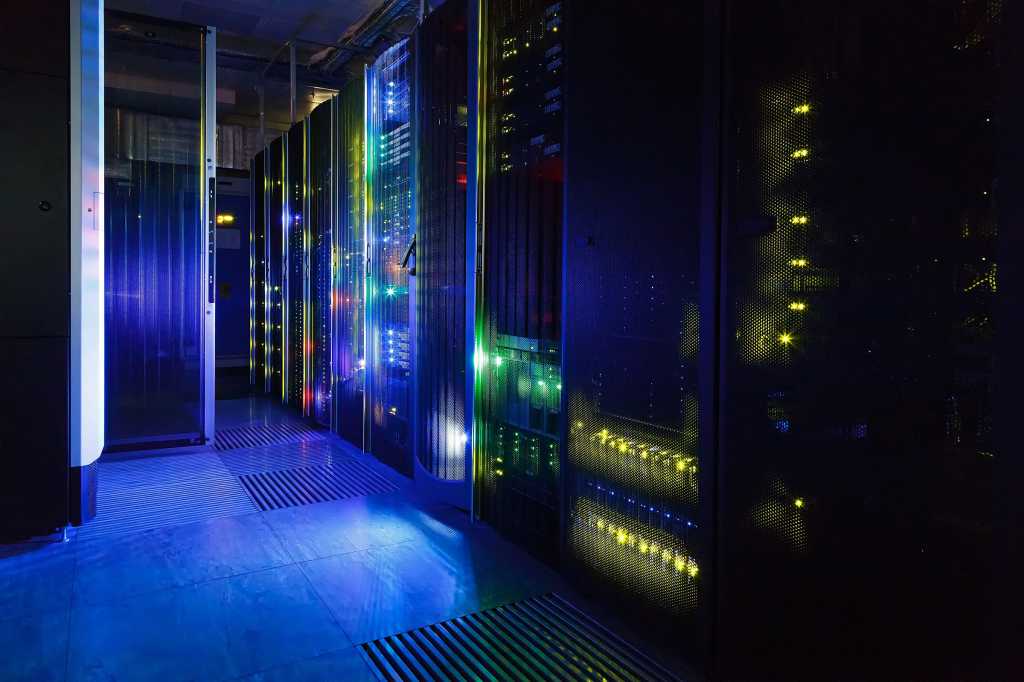The energy industry is transforming. With the global push towards renewable energy, there’s a growing need to address the concerns of workers in traditional sectors like oil and gas.
One of the key topics in this conversation is the idea of “transferable skills.” The notion that skills acquired in one sector can be effectively utilized in another is not just a possibility; it’s necessary for a smooth and just transition — or, as JAB Recruitment prefers to call it, an energy expansion.
Transition versus expansion: seizing opportunities with courage
The term “energy transition” often carries connotations of risk and uncertainty, particularly for those in the oil and gas sector. However, the team at JAB Recruitment looks at it differently. Rather than a transition that implies a shift from one sector to another, JAB believes that today’s industry offers opportunities for an across-the-board energy expansion. This includes traditional oil and gas, and renewable energy sources like offshore wind, carbon capture, and hydrogen.
The value of oil and gas skills in renewables
Robert Gordon University’s UK Offshore Energy Workforce Transferability Review found that over 90% of the UK’s oil and gas workforce have a medium to high skills transferability score and are well positioned to work in adjacent energy sectors. This statistic underscores the potential for cross-sector skills application. For instance, workers experienced in offshore oil and gas projects are often well placed for roles in offshore wind, carbon capture, and hydrogen projects—sectors that are seeing significant growth and investment.
The oil and gas workforce need not see the energy expansion as a career cliff edge. The expansion will happen over decades, allowing workers to adapt, upskill, and find their place in a growing energy landscape. It’s not about leaving behind the skills and expertise honed over the years; rather, it’s about applying them in a new context.
Looking at it from the renewable energy perspective, the message for employers is: don’t write off the oil and gas talent pool.
 © Supplied by Jab recruitment
© Supplied by Jab recruitmentOvercoming barriers: training and perception
A major hurdle in the energy expansion is the perception of high retraining costs and the misunderstanding of the relationship between oil and gas and renewables. It’s crucial to dispel the myth that moving between these sectors requires prohibitively expensive training.
Yes, training and some new safety certifications will be required for new roles like it usually is for any new job. But, for oil and gas workers, many of the core skills required will likely be in place already. That means new training time might be counted in hours rather than days or weeks. Also, training opportunities today are more accessible than ever, often available in online, bite-sized formats that fit into busy working lives.
The issue isn’t just about the practicalities of retraining but also about the emotional and psychological impact of the word “transition.” For many in the industry, the word suggests the decline of industries like coal mining and steelwork, where workers were left behind as the world moved on. Therefore, the narrative needs to shift from one of risk to one of opportunity.
Mobilising a just expansion
JAB Recruitment recognises that oil and gas workers have valuable skills and may require funding routes for training and has a unique app powered by Moblyze to make the energy expansion as seamless as possible.
Using AI, the platform instantly matches you with job opportunities across the energy spectrum. The advanced algorithm analyses your skills and certifications, and then recommends jobs that fit your qualifications, including those in sectors you might not have considered before. It even identifies the training you might need for a role in a new sector, where you can get that training, and the grants available to you. This real-time matching is revolutionising how to find jobs. It’s no longer about searching for jobs; the jobs will find you.
The future: toward an all-energy workforce
The goal is the creation of an all-energy workforce that can perform across various energy sectors. This workforce flexibility is already happening in sectors like subsea where workers regularly cross over between oil and gas and offshore wind projects. The same applies in CCUS and Hydrogen. JAB is recognised as the market leader in this space, partnering with clients to accelerate the evolution of energy talent. This trend will grow, creating a fully adaptable workforce ready to tackle the energy challenges of tomorrow.
A major driver in creating an all-energy workforce will be the development of an offshore skills passport that will allow workers to move seamlessly between oil and gas and renewable projects. However, challenges remain, particularly in aligning certifications and training standards across different sectors and geographies. An offshore skills passport would require collaboration across countries and organisations. It’s a task that is complex but essential.
Answering the call
For the energy sector to truly expand it’s important to communicate the wide range of opportunities available to the existing workforce. In this, JAB Recruitment is leading the way – not only by diversifying services but also by supporting clients in this journey.
The energy expansion is an opportunity to innovate, grow, and create a sustainable future. The skills that have built the oil and gas industry are far from obsolete – they are the foundation upon which the new energy landscape will be built.
Find out more from Jab Recruitment.
Or download the JAB App via the Apple Store or Google Play.
Recommended for you

Offshore wind learns from oil and gas sector





















